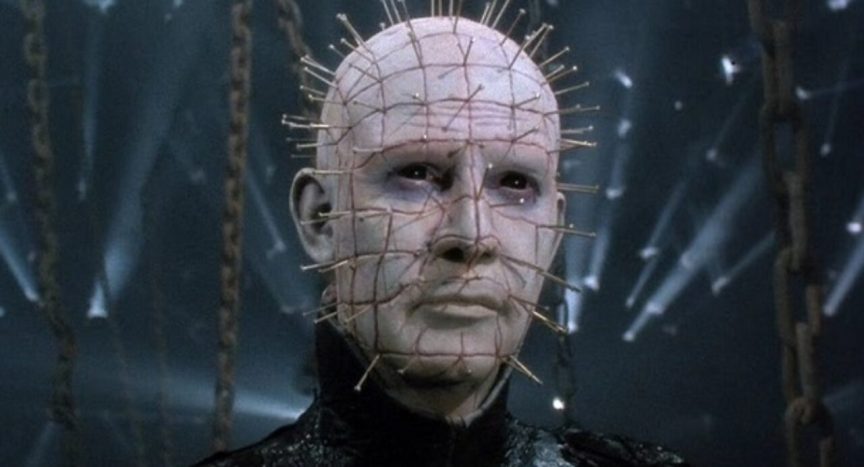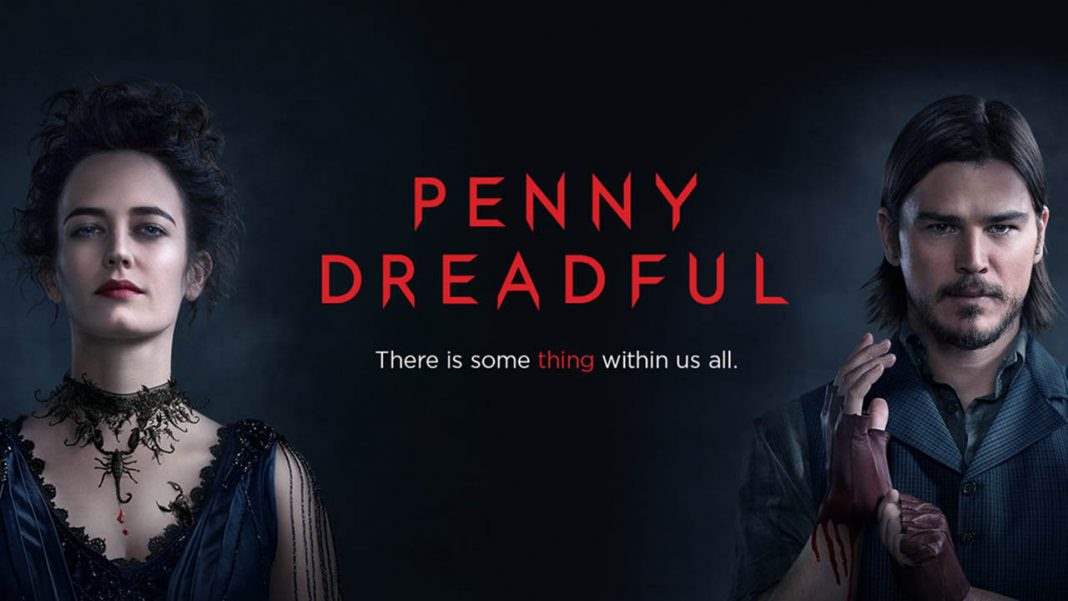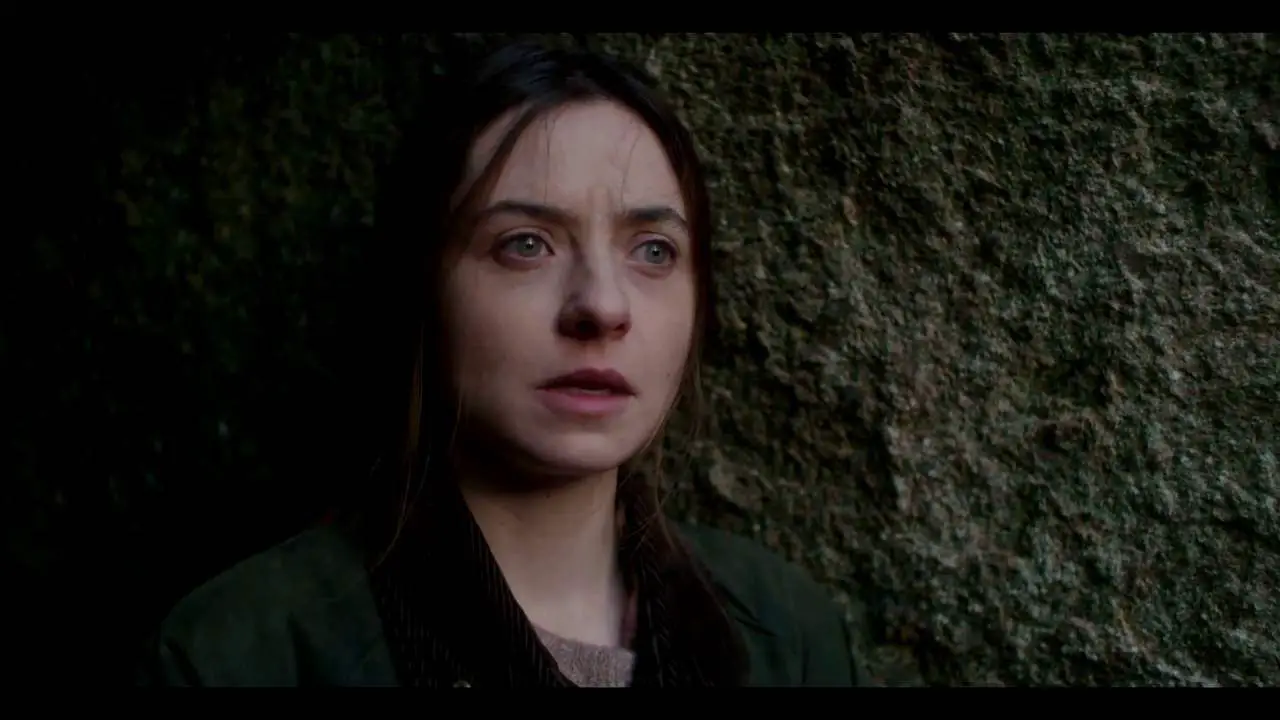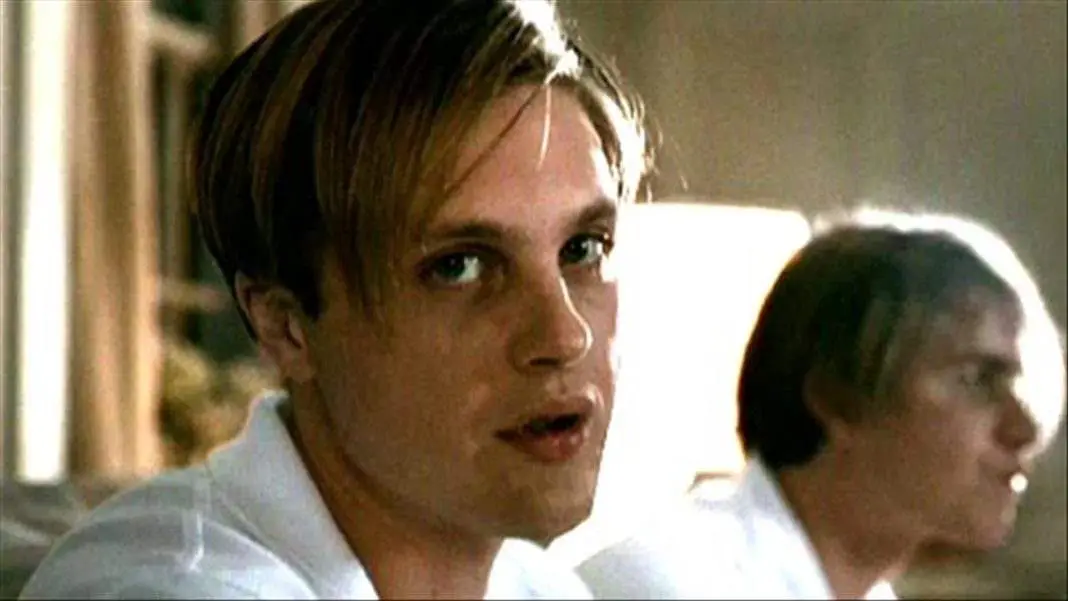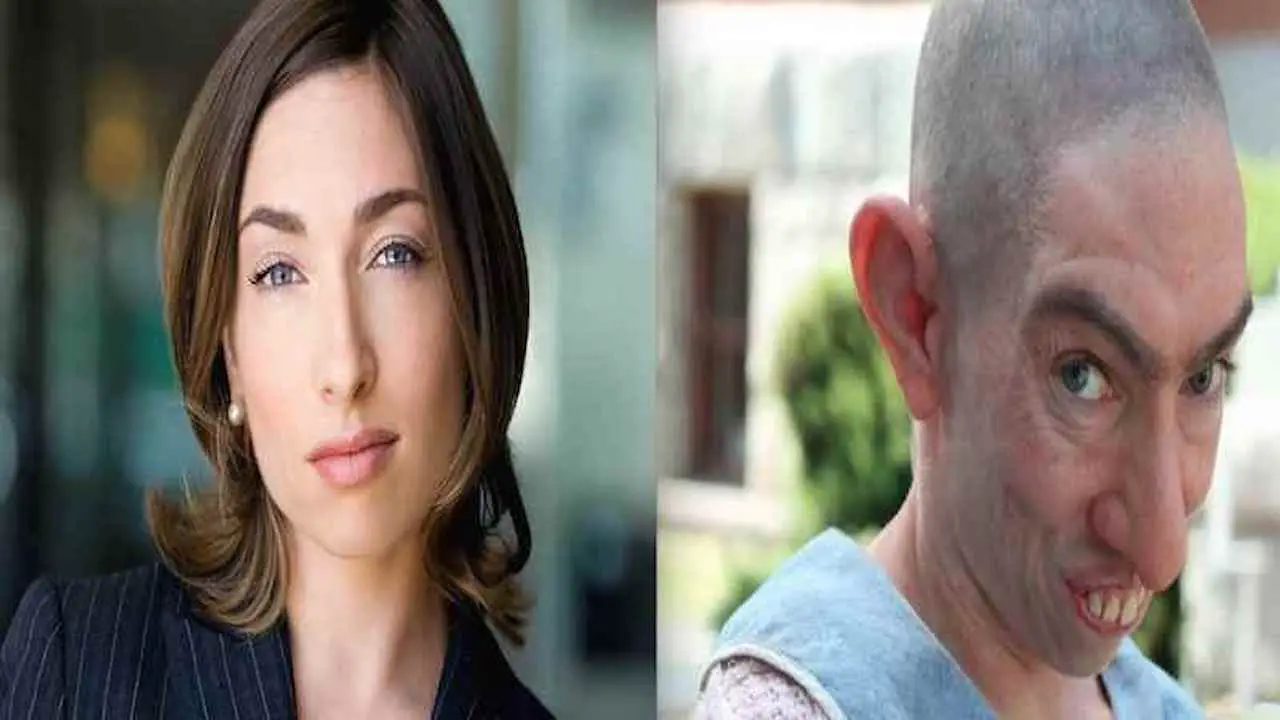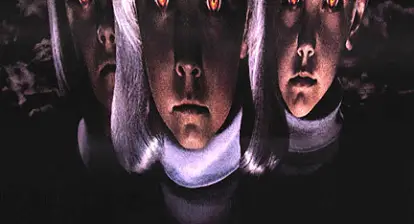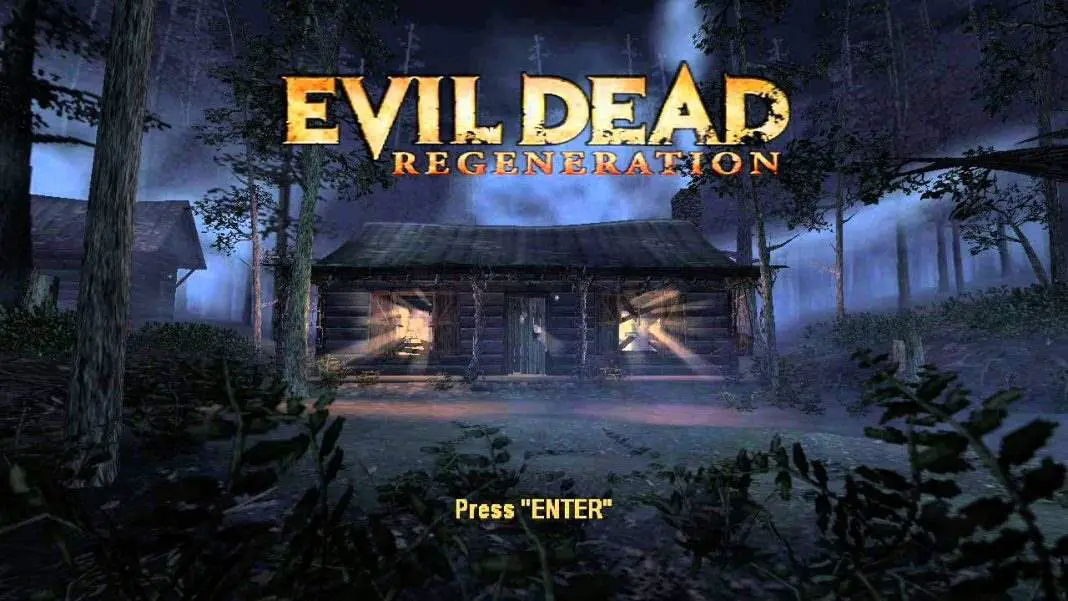Hellraiser was a major horror hit that nobody expected; it even surprised those who had read Clive Barker’s Books of Blood and were already familiar with his work. But for once, the investors realized that they had something special on their hands and believed Hellraiser would make a buck, so a sequel was greenlit before the film was even finished.
Hellbound: Hellraiser II was released barely a year later, yet it is one of the best horror sequels ever produced. It does what every good sequel should do: It respects the original film while expanding the mythology and taking the story in new and interesting directions. Almost all of the original cast returned for the sequel, which helped the continuity between the first film and second installments. The first one focused on the deconstruction of the family unit. It’s almost a Shakespearian drama–all confined to a house and analyzing the relationships under a microscope, peeling back layers both metaphorical and literal.
Hellraiser II takes things in a bigger direction, and feels like a much bigger film. It looks at all the elements (the vindictive stepmother Julia, the tempting Cenobites, the trickster Frank) and turns them inside out, accentuating what was already there and transforming it into an outright fairy tale.

Here, she is a much more prominent threat and a major antagonist in the overall story. She has returned from Hell to fetch more souls and she needs to find fresh blood to restore her skin. She has become Frank. Seamlessly, she’s moved from Kirsty’s wicked stepmother to the evil queen of Hell.
And then, of course, there’s Kirsty’s story. The main storyline, in which Kirsty descends into Hell to find her tortured father, is an Alice in Wonderland tale. The puzzle box is the looking glass that opens the doorway, but this time it’s not even Kirsty who opens it.
 The doorway is open without her help and she finds her way into it, like Alice falling down the rabbit hole. Frank plays a small but integral role in the sequel, serving as the white rabbit, luring Kirsty down into the abyss under false pretenses.
The doorway is open without her help and she finds her way into it, like Alice falling down the rabbit hole. Frank plays a small but integral role in the sequel, serving as the white rabbit, luring Kirsty down into the abyss under false pretenses.
This time, it’s a mental hospital as opposed to a house that serves as the doorway to Hell, owned by the obsessive Dr. Channard. Channard has studied Hell, been searching for his way in all his life and has found it in Julia. His curiosity gets the best of him and he is transformed into a new Cenobite, one very different from the Cenobites we’ve known from the previous film.
 He’s more powerful, but also more rash, arrogant and evil for the sake of evil. Once he makes that transformation, he’s much closer to Freddy Krueger in character than he is Pinhead. He’s a force of nature, wholly destructive. Channard looks different from the other Cenobites as well.
He’s more powerful, but also more rash, arrogant and evil for the sake of evil. Once he makes that transformation, he’s much closer to Freddy Krueger in character than he is Pinhead. He’s a force of nature, wholly destructive. Channard looks different from the other Cenobites as well.
He has a long serpentine appendage pumping into the back of his head (hugely phallic imagery, known by and large as the “Devil’s dick”) and razored tentacles that appear from his fingertips. He’s more of a monster than the other denizens of Hell featured in the first film. In the context of this dark fairy tale, he is a dragon that needs to be slain.
The core group of Cenobites differ slightly from the first film. Or rather, they are expanded upon. Pinhead in particular is given more backstory, most of which is shown in the opening sequence. The discovery is made by Kirsty later when she recognizes an old photograph of a World War I captain and attributes it’s origin to Pinhead.
 She forces the Cenobites to remember their human pasts, which they had long forgotten. In some ways, this is like the sequence at the end of The Wizard of Oz, with the fantastical characters cast aside and their normal faces revealed.
She forces the Cenobites to remember their human pasts, which they had long forgotten. In some ways, this is like the sequence at the end of The Wizard of Oz, with the fantastical characters cast aside and their normal faces revealed.
But the scene takes a different turn than that, it established a character dynamic that would be discussed for decades: The chemistry between Kirsty and Pinhead. They are of course enemies. But in each film, Kirsty survives because Pinhead lets her go. The game they play with each other has always been within the tone of a fairy tale rather than an outright modern horror. Theirs is a battle of wills. Each one, mentally playing chess with the other, admiring their cunning.
Here, though, it goes as far as it can in a sentimental if not possibly romantic direction. Pinhead actually reverts to human form at the end of this film and signals for her to leave. This time he doesn’t simply let her go; he saves her. It is its own twisted bit of Beauty and the Beast without ever needing to make the intentions overly obvious or beat the audience over the head with its symbolism.
Hellbound is a rich and layered film and one that deserves far more credit than it gets. Clive Barker laid the groundwork for a great mythology in the original and in the novel, but Peter Atkins and Tony Randel take it even further in the sequel. The results are spectacular. Christopher Young’s gorgeous score even plays more like high fantasy than outright horror and that’s the perfect final touch.
